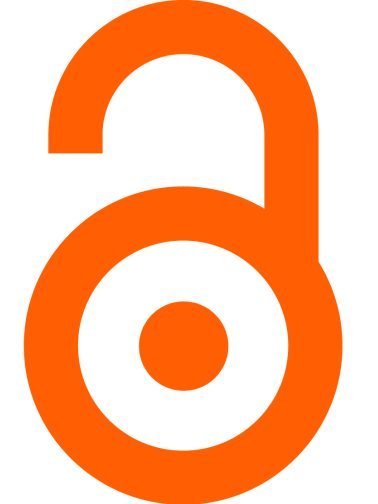Clinical Proteomics Q1
 Unclaimed
Unclaimed
Clinical Proteomics is a journal indexed in SJR in Molecular Biology and Molecular Medicine with an H index of 45. It is an CC BY + CC0 Journal with a Single blind Peer Review review system, and It has a price of 1890 €. The scope of the journal is focused on translational proteomics, molecular medicine. It has an SJR impact factor of 0,962 and it has a best quartile of Q1. It is published in English. It has an SJR impact factor of 0,962.
Type: Journal
Type of Copyright: CC BY + CC0
Languages: English
Open Access Policy: Open Access
Type of publications:
Publication frecuency: -
1890 €
Inmediate OANPD
Embargoed OA- €
Non OAMetrics
0,962
SJR Impact factor45
H Index69
Total Docs (Last Year)133
Total Docs (3 years)3775
Total Refs427
Total Cites (3 years)128
Citable Docs (3 years)3.12
Cites/Doc (2 years)54.71
Ref/DocOther journals with similar parameters
Molecular Cell Q1
Cell Research Q1
Annual Review of Plant Biology Q1
Cell Host and Microbe Q1
Annual Review of Medicine Q1
Compare this journals
Aims and Scope
Best articles by citations
Will Cancer Proteomics Suffer from Premature Death?
View moreUrinary proteomics in chronic kidney disease: diagnosis and risk of progression beyond albuminuria
View moreN-GlycositeAtlas: a database resource for mass spectrometry-based human N-linked glycoprotein and glycosylation site mapping
View moreThe response to neoadjuvant chemoradiotherapy with 5-fluorouracil in locally advanced rectal cancer patients: a predictive proteomic signature
View moreGlycan analysis of colorectal cancer samples reveals stage-dependent changes in CEA glycosylation patterns
View moreCorrection to: Quantitative phosphoproteomic analysis reveals reciprocal activation of receptor tyrosine kinases between cancer epithelial cells and stromal fibroblasts
View moreSerum biomarkers of Burkholderia mallei infection elucidated by proteomic imaging of skin and lung abscesses
View moreFibrinogen alpha C chain 5.9 kDa fragment (FIC5.9), a biomarker for various pathological conditions, is produced in post-blood collection by fibrinolysis and coagulation factors
View moreLaser-induced dissociation of phosphorylated peptides using matrix assisted laser desorption/ionization tandem time-of-flight mass spectrometry
View moreClinical proteomic analysis of scrub typhus infection
View moreApplication of quantitative proteomics to the integrated analysis of the ubiquitylated and global proteomes of xenograft tumor tissues
View moreIdentification and Validation of Proteinase 3 and Latent Matrix-Metalloproteinase 9 as Potential Biomarkers for Chronic Lung Transplant Rejection
View moreClinical proteomics of enervated neurons
View morePlasma Protein Biomarkers Correlated with the Development of Diet-Induced Type 2 Diabetes in Mice
View moreNew biomarkers for primary mitral regurgitation
View moreDevelopment of multiplexed protein profiling and detection using near infrared detection of reverse-phase protein microarrays
View moreLabel free quantitative proteomics reveals the role of miR-200b in androgen-independent prostate cancer cells
View morePlasma proteomic profile of sulfur mustard exposed lung diseases patients using 2-dimensional gel electrophoresis
View moreSalivary protein profiling in type I diabetes using two-dimensional electrophoresis and mass spectrometry
View moreMoving forward with clinical proteomics
View moreIn-depth analysis of the human CSF proteome using protein prefractionation
View moreQuality assessment and interference detection in targeted mass spectrometry data using machine learning
View moreKinetic Analysis of Glycoprotein-Lectin Interactions by Label-Free Internal Reflection Ellipsometry
View moreA multiplex platform for the identification of ovarian cancer biomarkers
View more



Comments